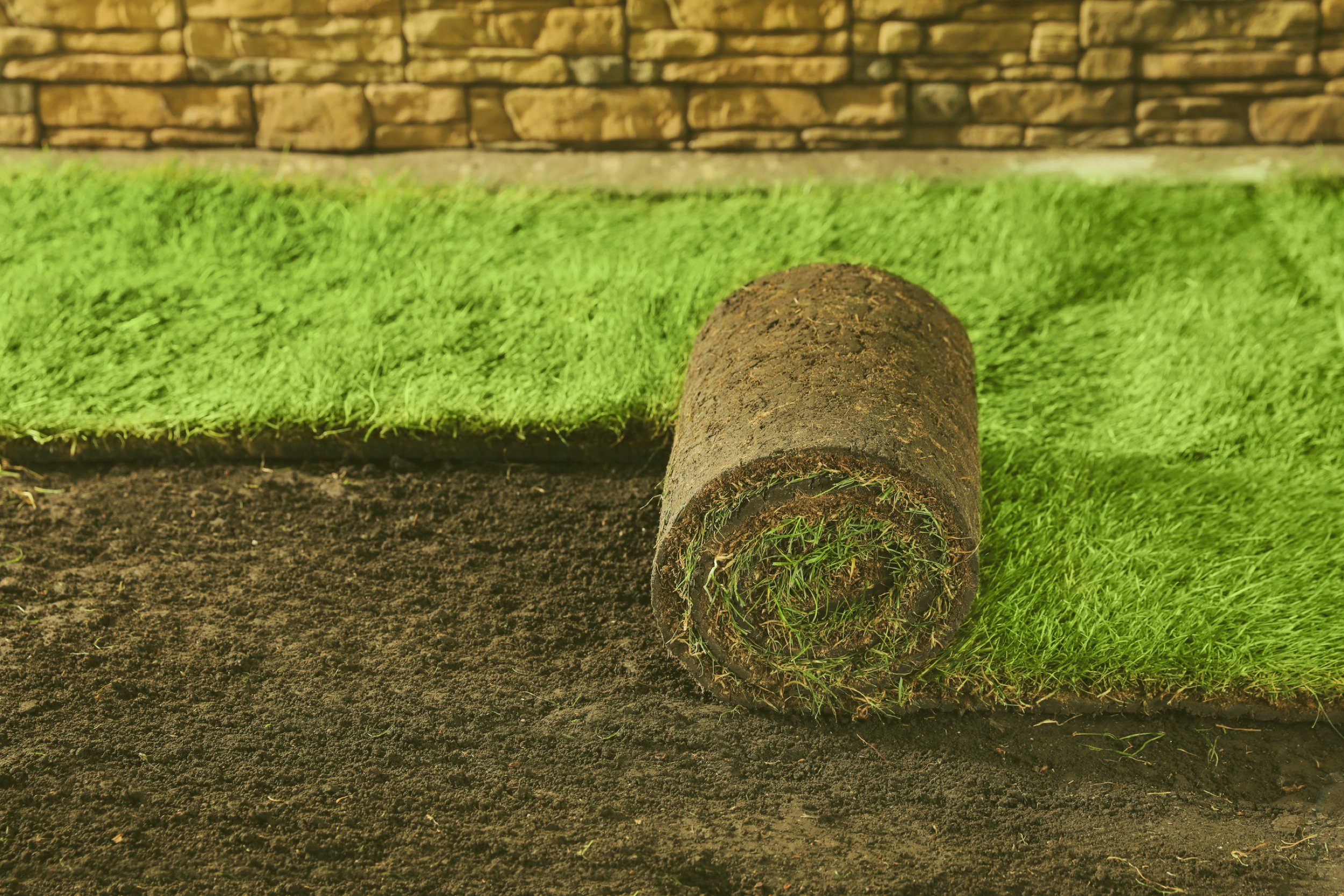
SERVICES
Landscape
Design & Installation
-

LANDSCAPE DESIGN
Involves the process of planting new flowers, trees, grass, hedges, and bushes. Maintains gardens and lawns, including mowing, trimming, pruning, raking, and weeding. Waters plants and lawns and adds fertilizer as needed.
-

LANDSCAPE INSTALLATION
One of the most popular services focuses on setting up new flower beds and selecting plants suited for a favorable area/zone. A new path or patio might be something more structural your client needs. Installs outdoor lighting and sprinkler systems.
-
BED EDGING & DESIGN
Landscape edging helps accentuate each of these separate spaces while lending a unifying element to your garden's design. Edging can also be functional, such as holding mulch in place and preventing mowers from damaging your prized plants. Depending on your aesthetic and purposes for edging, options range from a simple trench to high-end paving stones and everything in between.
-

SNOW REMOVAL
Removing snow after a snowfall to make travel easier and safer. Snow removal includes driveways, parking lots, sidewalks, or any pathway spaces.
Landscape Maintenance
-

MOWING
Mowed and edged lawns using power mowers and edgers. Removed trash and debris before and after mowing for safe and clean work site.
-
TRIMMING/ HEDGING
Cutting off the tips of branches to clean up the overall appearance of a plant. Involves using power hedge trimmers to skim the tops and sides of shrubs so they look neat and manicured.
-
WEEDING
Removing wild plants from a place where they are not wanted and trimming areas where a lawnmower is too big to fit.
-
RAKING/ LEAF BLOWER
Fall and spring are the seasons when leaves are most likely to fall to the ground so we Gather leaves, break apart soil, and level soil before inserting plants.
-
PRUNING
The removal, reduction, and cutting off parts of a dead plant, tree, vine, or leaves from a plant after they have decayed and turned brown.
-
FERTILIZE
Supplying plants with nutrients via organic amendments, which include, compost or manure, and can come in liquid or granulated form helping your plants to grow and thrive,
-
SEEDING
This involves mixing together seed, fertilizer, lime and paper mulch in a tank full of water. This slurry is then sprayed onto topsoil using a pumping system and hoses. The advantage of this method is quick germination and soil stability.
-

DETHATCHING
Dethatching is required when the roots of grasses become clogged with the stems and leaves of existing plants in your garden. As they grow, these leaves stem from a layer of thatch on top of the soil right above the grass. Removal ensures that the roots have access to nutrients and water to thrive.
-

LAWN AERATION
The purpose of lawn aeration is to prevent the soil from compacting by poking holes in it. Also improves soil drainage and encourages worms, microfauna and microflora which require oxygen. The soil is prepared in such a way that it is easier for the roots to absorb water, air, and all other nutrients needed for healthy growth.
-
WATERING
Watering will help roots go deeper, resulting in more water-efficient, drought-tolerant plants. Newer plantings, vegetables, and potted plants may need more frequent watering.
-
MULCHING
The process of applying natural or artificial layers of plant residue or other materials on the soil surface. In other words it is used as a protective covering, as of bark chips, straw, or plastic sheeting, placed on the ground around plants to suppress weed growth, retain soil moisture, or prevent freezing of roots.









